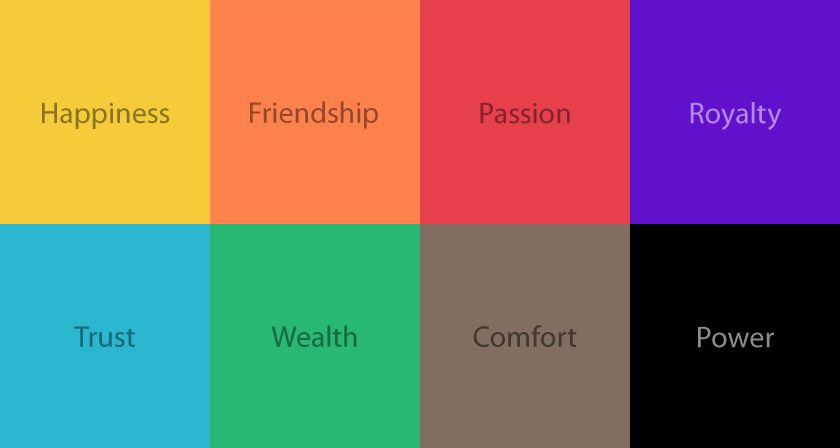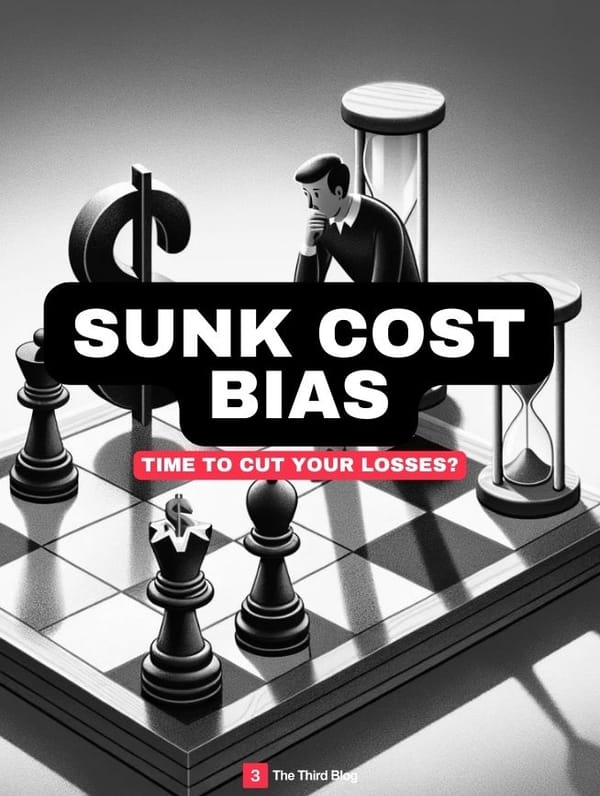Nurturing Growth Over Highlighting Errors
In education, the simple act of marking has often been a source of anxiety for students. The dreaded red ink, highlighting every error and oversight, can inadvertently overshadow a student's hard work.
Enter the "Green Pen Effect"—a shift in approach that emphasizes growth, positivity, and forward momentum. Let's dive into this transformative concept and understand its profound impact on the learning journey.
For decades, the red pen has been the emblematic tool of teachers and professors, marking errors with stark clarity. But the unintended consequence? A color that often signifies danger or stop in many cultures can potentially send an unintended message of failure. For learners, this might inadvertently focus their attention on what they did wrong, rather than what they could do right in the future.
The Green Pen Effect flips this narrative. By marking with green—a color universally associated with growth, go, and positivity—educators subtly shift the focus. Instead of a glaring spotlight on mistakes, the green pen feels like a gentle nudge towards improvement. It's a shift from "You did this wrong" to "Here's how you can grow."
In the digital age, where feedback is instantaneous and often impersonal, the psychological nuances of something as simple as color become even more crucial. A study, for instance, might reveal that students receiving feedback in green ink are more likely to engage with the corrections positively, seeing them as opportunities for growth rather than as critiques.
Brands and companies have long harnessed the power of color psychology—blue for trust, yellow for optimism. In education, the Green Pen Effect embodies a similar principle. It’s not merely about changing the color of ink but transforming the very essence of feedback into a tool for growth.

For educators, adopting the Green Pen Effect could be a step towards cultivating a growth mindset in students. For learners, it's a gentle reminder that feedback, even when pointing out mistakes, is rooted in the intent of fostering growth and development.
So, the color of feedback—whether in education, work, or personal relationships—plays a pivotal role in how it's received. The Green Pen Effect serves as a testament to the profound impact of small changes. As we navigate the realm of teaching and learning, it's worth pondering: Are we highlighting errors or illuminating paths to growth?
T3B








